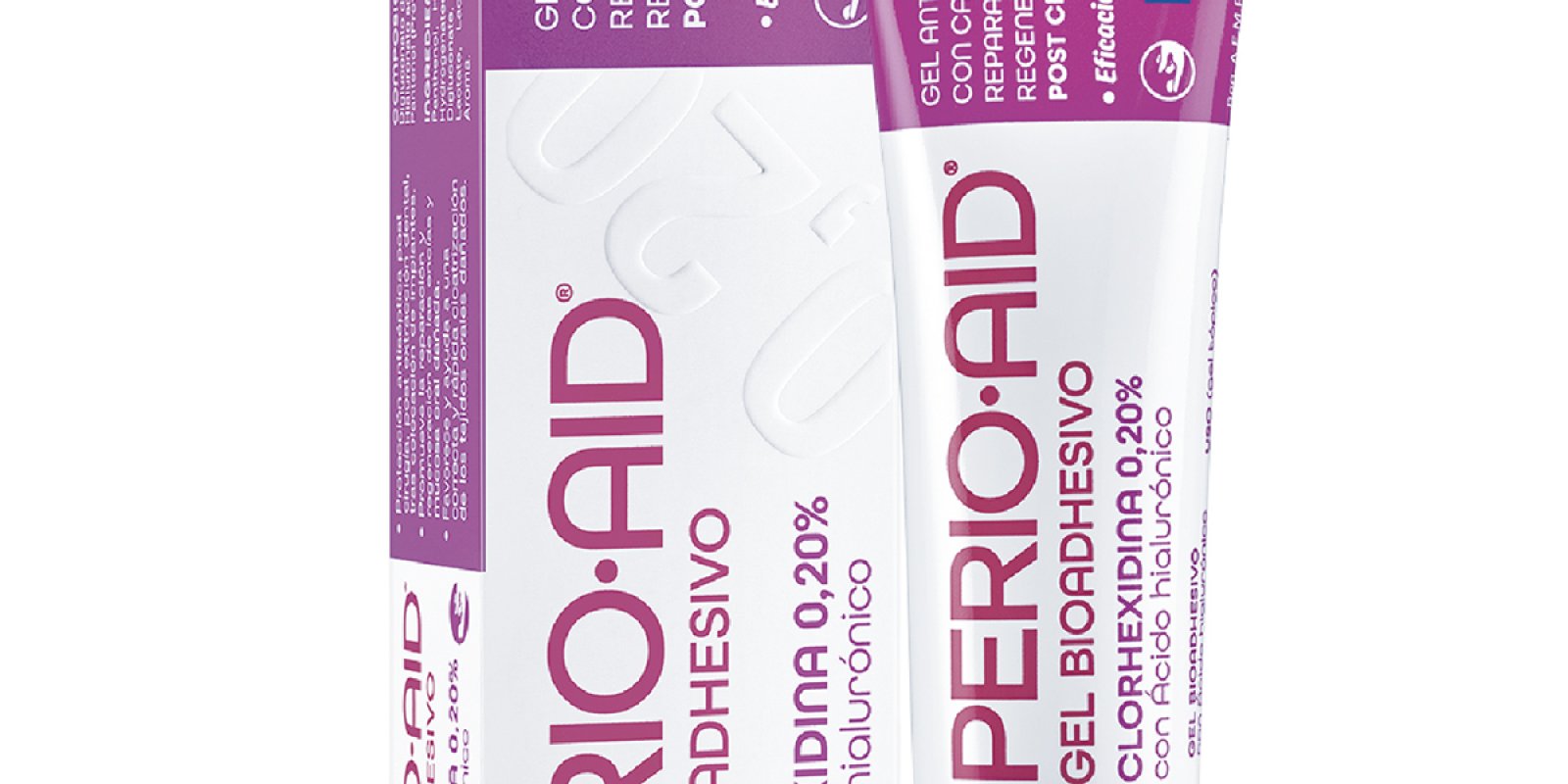DENTAID EXPERTISE
News for dentistry professionals
HOW TO HELP YOUR PATIENTS FEEL COMFORTABLE WITH THEIR BREATH
27 Jun 2019

Halita®, the first scientifically proven treatment to efficiently control halitosis, offers you the solution to your patients’ problem with bad breath.
Halitosis usually causes lack of self-confidence and low self-esteem in those who suffer from it. Many times, these patients try to find a solution on their own or consult other physicians who are not specialists.
DIAGNOSING HALITOSIS
By following the guidelines below, a good differential diagnosis can be made at the clinic in order to establish proper treatment for each patient:
1. Questionnaire on general health and habits
This allows you to identify:
* Health problems that affect the patient concerning the otorhinolaryngological area or the respiratory, digestive and renal tracts.
* Medication taken by the patient.
* Dietary habits: type of food, frequency, fluid intake, etc.
2. Questionnaire on halitosis
This is useful in order to get more detailed information on the problem: duration, evolution, pattern of occurrence during the day, and how it affects the patients. It also helps to assess how they became aware of the problem, how it affects them, and the implications it may have on their daily lives.
3. Questionnaire and oral examination
With the questionnaire, the daily oral hygiene habits of the patient come to light, and in the oral examination, their oral condition may be assessed by:
* Searching for factors that may contribute to the retention of oral biofilm.
* Evaluating the periodontal condition: presence or absence of inflammation, periodontal pockets, bleeding, etc.
* Examining the dorsum of the tongue to detect the presence of tongue coating.
4. Organoleptic testing
The evaluation of bad breath is key both for research and for the diagnosis and treatment of halitosis. Detection is made with the human sense of smell.
5. Other additional diagnostic techniques
* Evaluation with gas sensors. There are several devices for the measurement of volatile sulfur compounds (VSCs).
• Halimeter®: a portable sulfide monitor that shows correlation between gas chromatography and organoleptic testing, providing quantification of VSCs.
• OralChroma®: gas chromatography-based device that allows precise measurements of the three most important VSCs and their concentrations.
* Microbiological analysis. The association between microbiota on the tongue dorsum and halitosis has been clearly established. This analysis assesses the microbiota found in a sample taken from the back of the tongue.
TREATMENT OF HALITOSIS
Once oral halitosis has been diagnosed, treatment mainly aims to:
1. Reduce the number of bacteria producing the malodour and reduce the subgingival niches where these bacteria reside.
2. Reduce available protein substrates, especially on the dorsum of the tongue.
3. Neutralise the volatilisation of these malodorous elements. To this end, an exhaustive daily hygiene regimen that includes tongue cleaning with specially formulated products like Halita® is essential.
RELATED ARTICLES

14 Oct 2021
The latest scientific developments on CPC in recent international conferences
DENTAID participates in different international scientific meetings, where the importance of the mouth during the current COVID-19 impacted landscape…

21 May 2021
The 2nd National Multidisciplinary Congress on COVID-19 of the Scientific Societies of Spain highlights the importance of oral health and its impact on SARS-CoV-2
After a year of the pandemic, the 2nd National Multidisciplinary Congress on COVID-19 of the Scientific Societies of Spain brought together multiple…

14 Jul 2020
THE IDEAL FORMULA TO HELP REPAIR AND HEAL DAMAGED ORAL MUCOSA
In recent years, the number of mouth surgeries has increased due to the growth in implant interventions, amongst other reasons. In all these…
Sign up for the DENTAID Expertise newsletter
Sign up for the newsletter